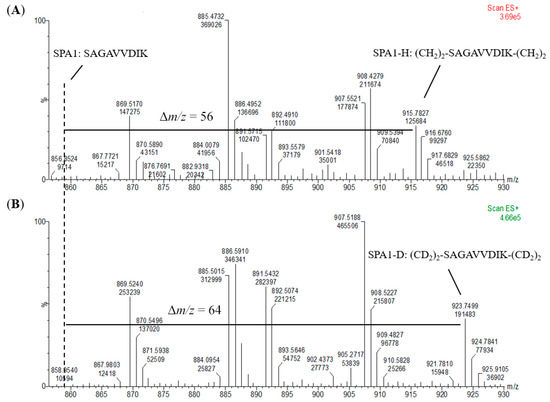

The level of Ucp1 mRNA ( Figure 1-figure supplement 1A) and protein ( Figure 1-figure supplement 1B) was not significantly different in interscapular brown adipose tissue (iBAT) at room temperature.

In contrast, the TKO male and female mice only display less than a 1☌ decline in core body temperature under identical conditions. As shown in Figure 1, both male (panel A) and female (panel B) control mice when shifted from room temperature to a 4☌ environment display the typical 4–5☌ decline in core body temperature during the 1 hr acute exposure period. Surprisingly, however, during our phenotypic characterization we observed that the TKO male and female mice both display a remarkable resistance to cold induced-hypothermia. To examine the role of TIGAR in vivo, we initially generated whole-body Tigar knockout (TKO) mice. Previously we reported that the TIGAR can modulate NF-kB signaling through a direct binding interaction and inhibition of the E3 ligase activity of the linear ubiquitin-binding assembly complex, LUBAC, in cultured cells ( Tang et al., 2018). At a molecular level, this results from enhanced acetylcholine levels and increased cholinergic signaling at the neuromuscular junction (NMJ) driving skeletal muscle shivering-induced thermogenesis. Surprisingly, we have observed that TIGAR deficiency in cholinergic neurons of mice results in a marked protection against hypothermia following an acute cold challenge. Recently, it has been reported that TIGAR can both enhance the development of premalignances and suppress the metastasis of cancer invasion by the way of inhibition of ROS production ( Cheung et al., 2020).Īs carbohydrate metabolism and glycolysis are essential normal physiological processes in all cells and tissues, we have examined the metabolic phenotype of whole-body and tissue-specific TIGAR knockout mice. In cancer models, TIGAR plays a complex role in the formation and progression of different types of cancer via suppressing aerobic glycolysis and controlling reactive oxygen species (ROS) production ( Tang et al., 2021). For example, in the brain TIGAR expression was reported to protect against ischemic/reperfusion injury ( Li et al., 2021), whereas in the heart TIGAR deficiency protected myocardial infarction ( Hoshino et al., 2012) and in pressure-overloaded hearts ( Okawa et al., 2019). In this regard, TIGAR has been reported to differentially modulate multiple different pathophysiological outcomes. Thus, the biological readout of TIGAR function is likely to be highly cell context dependent. In addition, the role of TIGAR in regulating carbohydrate metabolism is also complicated by the presence of the related phosphofructokinase bis-phosphatase (PFKBP) family that has both F6P 2-kinase and F2,6P bisphosphatase activities ( Mor et al., 2011).

However, the dephosphorylation of 2,3BPG to generate 3-phosphoglycerate would also be expected to increase glycolysis ( Bolaños, 2014).
#Vchat molecular weight sigma Activator
Due to its F2,6P dephosphorylation activity, TIGAR is generally considered a suppressor of glycolysis as F2,6P is a potent allosteric activator for 6-phosphofructo-1-kinase (PFK1), the rate-limiting step in glycolysis. TIGAR (Tp53-induced glycolysis and apoptosis regulator) was originally identified as a p53-inducible protein that functions as a fructose-2,6-bisphosphatase (F2,6P) but subsequently shown to have phosphatase activities for a variety of phosphorylated metabolic intermediates and allosteric regulators including 2,3-bisphospholgycerate (2,3BPG), 2-phosphoglycerate, phosphoglycolate, and phosphoenolpyruvate ( Bensaad et al., 2006 Rigden, 2008 Bolaños, 2014 Tang et al., 2021). These data directly demonstrate that increased cholinergic signaling through the modulation of glycolysis has several metabolic benefits particularly to increase energy expenditure and heat production upon cold exposure. The increase in cholinergic signaling reduced blood pressure and heart rate with a remarkable resistance to cold-induced hypothermia. Steady-state and stable isotope flux analyses demonstrated increased rates of glycolysis, acetyl-CoA production, acetylcholine levels, and density of neuromuscular synaptic junction clusters with enhanced acetylcholine release. As neurons primarily utilize glucose as their primary metabolic energy source, we generated mice with increased glycolysis in cholinergic neurons by specific deletion of the fructose-2,6-phosphatase protein TIGAR. Cholinergic and sympathetic counter-regulatory networks control numerous physiological functions, including learning/memory/cognition, stress responsiveness, blood pressure, heart rate, and energy balance.


 0 kommentar(er)
0 kommentar(er)
